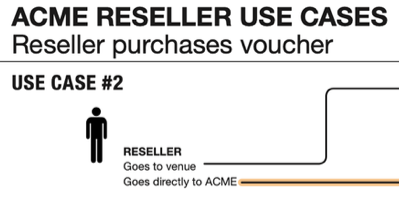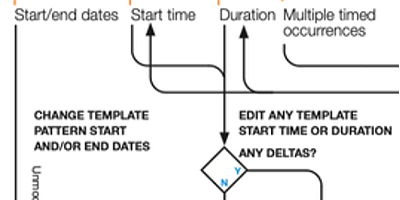Systems Design ● Case studies
Definition
The identification of key components of the product’s technical and business environments and the definition how they will interact with one another through the use of system models.
A system model has no set resolution or level of detail. It shows whatever is necessary for the extended product team to make decisions about product requirements, resolve critical issues, and strategically plan for the future.
A system model is a combination of familiar design visualization tools: user journeys, functional flows, data diagrams, and informational architectures. A complete system model includes user motivations, current business processes, external factors, and products and services your product must integrate with but over which you may have no control.
Case studies
Integrate back-end services ● Avaya

Avaya wanted a desktop application to fully integrate the company’s email, voicemail, text, call logs, and video services. As I gathered requirements about these existing services, I found that existing development teams were isolated and had done very little work on integration. My team, in the absence of a systems architect, did the work.
Manual device configuration and account creation ● Amazon Kindle

Kindles originally shipped pre-provisioned with a data plan and integrated with the user’s Amazon account. Second-generation Kindles were going to ship with with hardware support for data and WiFi or WiFi only and with no pre-configuration. Requirements were limited to successful, “happy path” use cases. I expanded the requirement set to anticipate a wide variety of error states, including Kindle users who did not already have an active Amazon account.
Support new business use cases ● ACME

The ACME product suite consists of a B2B administrative backend, white-label consumer B2C online retail experience, and an iOS point-of-sale and visitor access management app. ACME clients are typically venues such as museums, theaters, and event spaces. ACME wanted to integrate third-party resellers into the platform. I mapped all ticket ordering journeys and the subsequent systems flows ACME would need in order to support resellers.
Standardize data update model ● ACME

ACME uses templates to generate series of event instances, not unlike how Outlook manages meetings. However, ACME events include a lot of additional data points such as pricing, assigned personnel, capacity, and the like. There was no agreement about how edits to instances or templates should propagate through an existing schedule. I designed that data interaction.